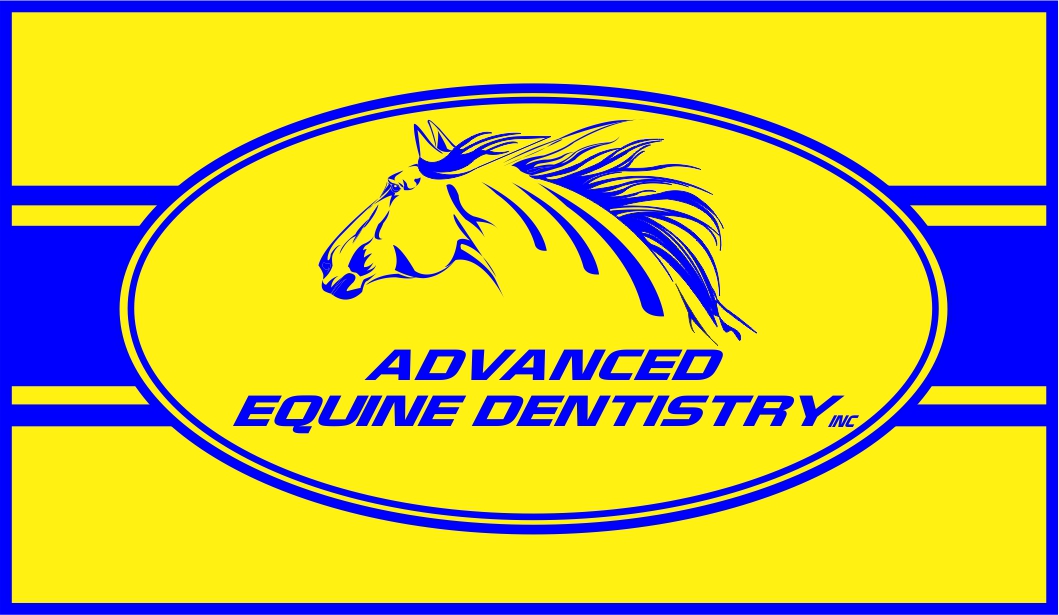
Horse’s teeth have the same composition as human teeth and just like humans, they can get cavities. As the life expectancy of horses has increased, our ability to treat dental caries has a huge impact….the cost of placing a composite filling into an equine cavity can preserve the integrity of the tooth and may prevent the need for a complete extraction later on.

Because horse’s teeth normally have ridges and variations in coloring, cavities are not always easily detected. And, just like in humans, the point at which they must be treated depends on their depth and location. Once your equine dentist finds a cavity and decides on a composite filling for your horse, the process is much like your own fillings: the decay is removed, the surface prepared for the placement of the composite, the composite is used to fill the opening, and a light cure assures it is hardened and secure. An equine dental filling, when done correctly, is just as strong as the tooth it protects and can last their entire lifetime.

The photo above shows a recent patient of Advanced Equine Dentistry who now has two composite fillings in his premolars to correct decay that was identified during a routine dental exam. We’d be happy to teach you more about dental caries in horses and check your own equine partner at our visit!

How is it that a horse gets cavities like a human when a horses teeth grow out their whole life until there is no more tooth left to grow?
LikeLike
Hi Christy!
Thanks for asking. So first….horses teeth don’t “grow”their whole life, they errupt until very little of the tooth is left below the gum. Then they typically fall out or wear fully down. Horse’s teeth, just like ours, have hard outer coverings of enamel and pulp chambers that contain the nerves and blood supply. These pulp chambers are centrally located (different size and shape in different teeth) and they basically retract as the tooth errupts and the chewing surface is worn down (kind of like the quick in a dog’s nails). A cavity is simply an opening in the enamel and that opening decays and gets deep enough to open the pulp chamber to anything in the mouth (food, water, bacteria, parasites). Once the pulp chamber is open, the invasion of microorganisms can cause and infection and go on to destroy the tooth. If you think about human cavities, we try to catch them and fill them way before they get to the nerves! Now that horses live longer, their teeth need to last more than 15-20 years, so filling any cavity is a safeguard from an infected and dying tooth later on. Regards, Richard Grist CEqD
LikeLike